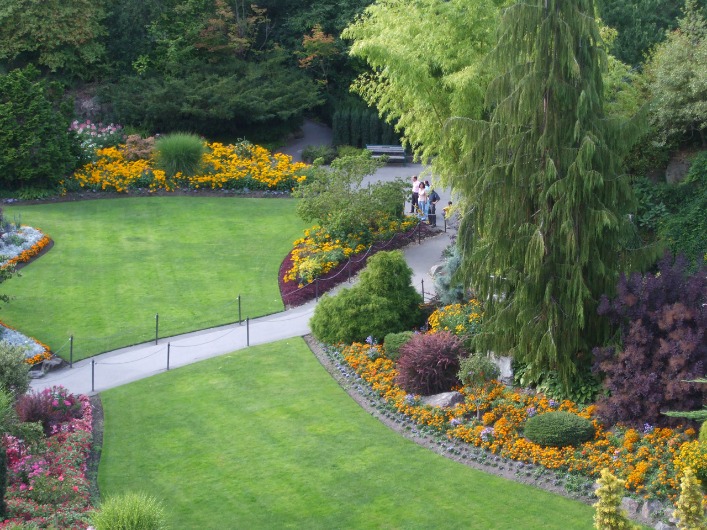A growing interest in sustainable gardening has led to the increasing popularity of raised garden beds. These innovative structures provide an excellent opportunity for both novice and experienced gardeners to nurture plants more conveniently and efficiently. With numerous benefits, from improved soil quality to enhanced accessibility, it’s no wonder more people are opting for this gardening approach.
Benefits of Raised Garden Beds
Raised garden beds offer numerous advantages over traditional in-ground gardens. Here’s why gardeners are turning to this method:
- Better Soil Quality: By using a raised garden bed, you can control the soil mix, ensuring your plants have the nutrients they need to thrive.
- Improved Drainage: The elevation helps excess water drain more efficiently, reducing the risk of root rot.
- Reduced Weed Growth: The defined borders and raised height limit the encroachment of weeds, keeping your garden neat.
- Extended Growing Season: Raised beds warm up quicker in the spring, allowing for an earlier start to your planting.
- Improved Accessibility: For individuals with mobility issues, raised beds reduce the need to bend or kneel, making gardening more accessible.
Building Your Own Raised Garden Bed
Designing and constructing your raised garden bed can be a straightforward process. Follow these steps to create a productive garden:
- Select the Location: Choose a sunny spot with at least six hours of sunlight to give your plants the best chance to grow.
- Decide on the Size: The size of your bed depends on your space and gardening goals. Begin with a manageable size, like 4×4 feet, to ease the learning curve.
- Choose the Materials: Options include wood, metal, or recycled materials. Cedar and redwood are popular choices due to their natural rot resistance.
- Assemble the Bed: Use durable materials to frame your raised bed, ensuring it’s sturdy and safe for planting.
- Fill It with Soil: Fill your bed with a mix designed for raised garden beds to optimize plant growth.
Frequently Asked Questions
What can I plant in a raised garden bed?
You can grow almost anything in a raised garden bed. Vegetables, herbs, flowers, and even small shrubs thrive in these contained environments.
How deep should my raised garden bed be?
A depth of 12 to 24 inches is generally sufficient for most plants. However, root vegetables might require deeper beds.
Are raised garden beds expensive to maintain?
While initial setup might be an investment, the long-term maintenance of a raised garden bed is typically minimal, especially with reduced weed growth and optimized soil conditions.
For more tips and innovations in gardening, explore premium options at raised garden bed.



